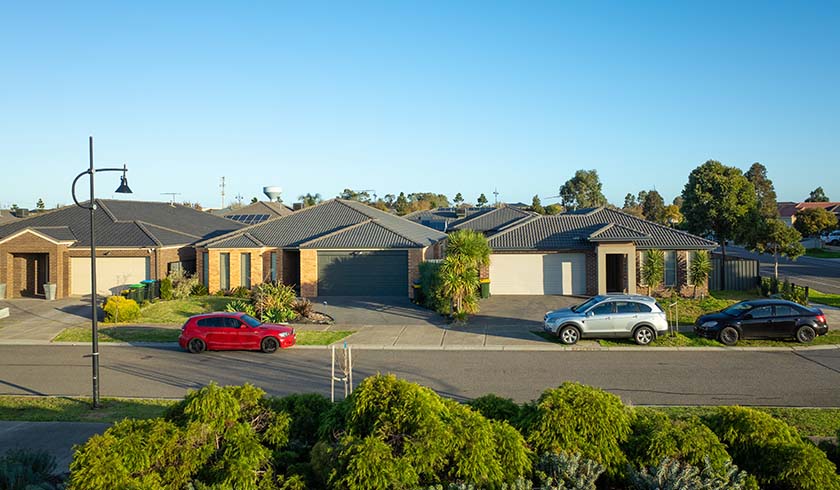Where to now for the property market?
The recent COVID-19 outbreak in Victoria and, to a lesser extent, NSW highlights the extreme nature of this pandemic and how it is likely to remain part of our lives for many months or even years to come. So, what can we expect from the property market in the short, medium and long term as we deal with the fallout from COVID-19? Dominic Cavagnino asks.

Further lockdowns would have less of an impact than expected
To continue reading the rest of this article, please log in.
Create free account to get unlimited news articles and more!
We remain subject to the uncertainties of COVID-19. The emergence of a second lockdown in Victoria has alarmed the nation and made people realise that we are not yet through this period.
The prospect of further lockdowns around the country would have a significant impact on local businesses and the economy; however, what we do know is that the property markets withstood these significant disruptions in the past. The property market has remained surprisingly resilient despite lockdowns.
There will always be a demand for housing
Housing is a basic human need. Businesses might decide to take less office space, or work from home completely during these times, which will impact the commercial property market. However, people will still need to buy or purchase a home as a place to live. This means that the residential property market is likely to remain stable as there will always be demand, even during tough economic times.
Returning expats will counter slowed migration in the short term
Traditionally, a significant part of our demand for property has come through overseas migration. Given the coronavirus pandemic, we’re likely to see population growth and migration slow. The Australian Bureau of Statistics (ABS) forecasts that new overseas migration over the 2020 decade will be at 174,800 per annum. Over the past decade, net overseas migration averaged 215,706 per annum.
Countering the more subdued migration levels in the short term, though, is the return of thousands of Australian expats. Daily arrivals of returning Australians are limited to 4,000 per week.
The widespread concern about this number indicates just how strong the desire is to come home and the number of people who are headed home. These numbers will help to replace the slowing levels of overseas migration. In addition, the government recently announced the extension of temporary visas for Hong Kong residents, who could see relocating to Australia as an attractive proposition.
While we are likely to see a dip in migration in the short, mid and long term, Australia’s enviable response to the pandemic will make Australia an attractive destination for migrants seeking safety and security. At that time, we should see these numbers lift.
The property market will remain stable
We’ve repeatedly heard the predictions of a property market crash and significant declines. We’re yet to see any of this materialise, and we remain confident in the long-term stability of the property market.
It is important to note, though, that there will always be markets that perform better or worse than others – this can even include suburbs within the same city. As an example, from a rental perspective, suburbs with large quantities of Airbnb’s or short-term holiday rentals have seen many of these converted into traditional rental properties. This increase in rental supply has led to falls in rental asking prices and slight rises in vacancies.
A great example of this is Sydney’s eastern suburbs where vacancy rates jumped from 2.5 per cent in February 2020 to 5.2 per cent in June 2020. In comparison, the Liverpool region has not been impacted by the lack of tourism and has seen vacancy rates unchanged at 2.7 per cent over the period.
In terms of property prices, when markets soften, suburbs with higher levels of supply and a high portion of investors will likely see more significant price falls. For example, Zetland is more at risk from a supply perspective than a suburb like Drummoyne.
Overall, however, investors can be confident that the property market is resilient. We’re not likely to see steep price falls, and certainly not in the long term.
By Dominic Cavagnino, head of research and acquisition, Binnari Property

